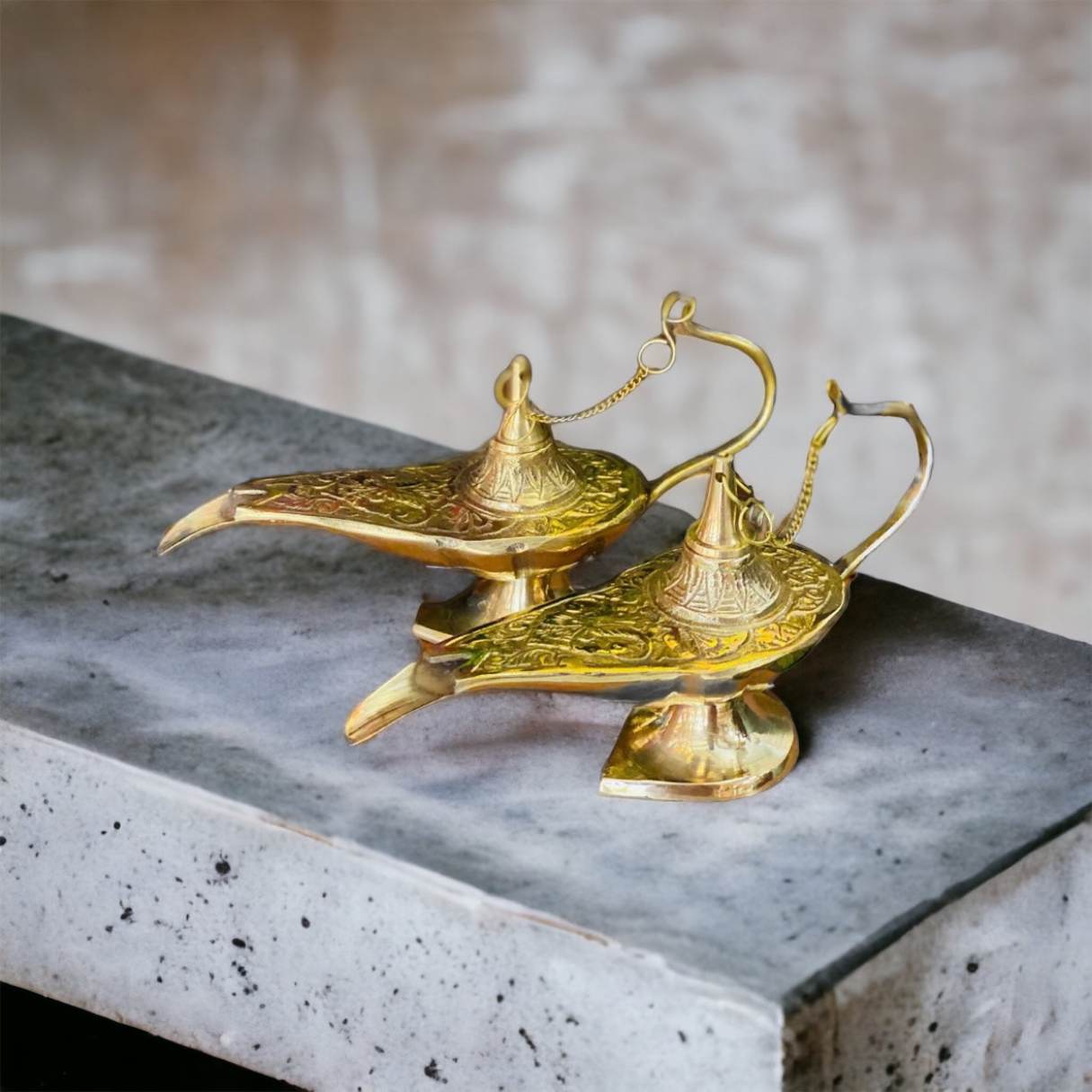

Furniture
Why Is A Genie Lamp Called A Lamp
Modified: December 7, 2023
Discover the fascinating history behind why a genie lamp is referred to as a lamp. Explore the connection between genie lamps and furniture, and unravel the enchanting origins of this mystical object.
(Many of the links in this article redirect to a specific reviewed product. Your purchase of these products through affiliate links helps to generate commission for Storables.com, at no extra cost. Learn more)
Introduction
The use of lamps has been an integral part of human history, dating back thousands of years. From the flicker of candlelight to the glow of modern electric bulbs, lamps have provided illumination and a sense of warmth to our living spaces. However, there is one type of lamp that holds a certain mystical allure – the Genie lamp.
In this article, we will delve into the fascinating world of the Genie lamp and explore the origins of its name. We will unravel the historical context, the purpose behind its design, and the cultural significance it holds.
So, sit back, relax, and let us embark on a journey to discover why a Genie lamp is called a lamp.
Key Takeaways:
- The Genie lamp, rooted in Arabian mythology, symbolizes the human longing for wish fulfillment and serves as a vessel for manifesting desires, inspiring hope and personal empowerment.
- The term “lamp” has evolved to encompass various lighting devices, but the Genie lamp retains its mystical title, representing the human fascination with wishes and the power of positive thinking.
Read more: Why Is It Called A Hurricane Lamp
Historical Origins
To understand the origins of the Genie lamp, we need to turn our attention to ancient civilizations and their beliefs in supernatural beings. The concept of a Genie, or Jinn, can be traced back to Arabian mythology, specifically in Islamic folklore.
The Jinn are believed to be supernatural creatures made of smokeless fire, possessing free will and the ability to shape-shift. In Islamic tales, they are often depicted as beings that can grant wishes to humans. It is from these tales that the idea of the Genie lamp was born.
The earliest representations of Genie lamps can be found in ancient Arabic manuscripts, depicting vessels with elaborate designs and intricate engravings. These lamps were not only used as a source of light but were also believed to harbor the magical powers of the Genie.
The lamps were made of various materials, including clay, metal, and even precious gemstones. They were crafted with great attention to detail, often adorned with intricate patterns and symbols. The design of the lamps mirrored the opulence and grandeur of the ancient Arabian palaces.
These lamps were not only objects of decorative art but also held a deep spiritual significance. People believed that by rubbing the lamp or uttering specific incantations, they could summon the Genie and have their wishes granted.
Over time, these beliefs and legends surrounding the Genie lamp spread beyond Arabia, reaching other parts of the world through trade routes and exploration.
During the Renaissance era, stories of the Genie and the magical lamp captivated the imagination of Europeans. These tales were popularized in literary works such as “One Thousand and One Nights,” better known as “The Arabian Nights.” It is in this collection of stories that the famous tale of Aladdin and his Genie lamp is found, further solidifying the iconic image of the Genie lamp in popular culture.
Today, the Genie lamp continues to captivate our imagination, with its rich historical roots and its association with wishes and the power to fulfill desires.
Purpose of a Genie Lamp
The Genie lamp, as its name suggests, has a fascinating purpose beyond its function as a source of light. In mythology and folklore, it is believed to be a vessel that can summon and harness the power of a Genie – a wish-granting entity.
According to popular legends, when a person rubs the lamp or performs a specific ritual, the Genie trapped inside is released, and the lamp holder is granted three wishes. These wishes can range from material possessions to personal desires or even supernatural abilities, depending on the story and the intentions of the Genie.
The purpose of the Genie lamp, therefore, is intricately linked to the concept of wish fulfillment. For centuries, people have been drawn to the idea of having their deepest desires magically fulfilled through the power of a Genie lamp.
Beyond the realm of folklore, the Genie lamp also holds symbolic meaning. It represents the human longing for wishes to come true, for dreams to be fulfilled, and for the power to shape one’s destiny. It serves as a reminder of the inherent human desire for hope and the possibility of a brighter future.
Furthermore, the concept of the Genie lamp has transcended fictional tales and has found its way into modern psychology and self-help practices. The idea of making wishes or setting intentions is a common practice in goal-setting and manifestation techniques. In this sense, the Genie lamp becomes a metaphorical tool for tapping into personal desires and manifesting them into reality.
So, whether it be through the enchanting tales of ancient mythology or the symbolic representation of dreams and aspirations, the purpose of the Genie lamp is intricately tied to the human fascination with wish fulfillment and the yearning for a life of abundance and happiness.
The term “lamp” in genie lamp refers to the vessel’s function as a source of light. In the context of the story of Aladdin, the lamp is also a magical object that holds a powerful genie.
Evolution of the Term “Lamp”
The term “lamp” has evolved over time and has encompassed various meanings and connotations. Originally, the word “lamp” referred to any source of light, regardless of its form or design. However, as lighting technology advanced, the term began to be associated specifically with devices that emitted light.
In its earliest usage, the term “lamp” was used to describe simple vessels filled with oil or animal fat, with a wick or a burning material placed inside to create light. These lamps were often made of clay, stone, or metal and were primarily used for practical purposes, providing illumination in households and public spaces.
With the advent of electricity, the definition of a lamp expanded to include devices that utilized this new power source. Electric lamps, such as incandescent bulbs, fluorescent tubes, and LED lights, became the primary means of illumination in the modern world.
The term “lamp” is also used to describe a wide array of lighting fixtures and decorative pieces, ranging from table lamps and floor lamps to chandeliers and wall sconces. These lamps serve not only a functional purpose but also contribute to the aesthetics and ambiance of a space.
When it comes to the Genie lamp, its association with the term “lamp” is a blend of its historical origins and its practical function as a source of light. Although the primary purpose of the Genie lamp is linked to wish fulfillment and summoning supernatural entities, it is still referred to as a “lamp” due to its design and the presence of a flame or a source of light within.
It is interesting to note that the term “lamp” has become synonymous with not only the physical object but also the concept it represents. “Lamp” is sometimes used metaphorically to describe a source of guidance, wisdom, or inspiration. It symbolizes enlightenment and the shedding of light on darkness or ignorance.
The evolution of the term “lamp” reflects the advancements in lighting technology and the broader cultural significance associated with illumination. From its humble beginnings as a vessel with a burning wick to its modern-day usage encompassing various lighting devices and symbolic meanings, the term “lamp” continues to hold a multifaceted and dynamic place in our lexicon.
Cultural Significance
The Genie lamp has gained immense cultural significance over the years, transcending its origins in Arabian mythology and becoming a global symbol of magic, wishes, and the power to fulfill desires.
In many cultures, the concept of a Genie lamp has been adopted as a symbol of hope, optimism, and the belief in the extraordinary. It represents a gateway to a world of infinite possibilities, where dreams can come true and the impossible can be achieved.
One of the most well-known cultural references to the Genie lamp is the tale of Aladdin from “One Thousand and One Nights.” This story has been adapted and retold in countless forms, including books, films, and theater productions, making the Genie lamp an iconic symbol in popular culture.
The Genie lamp has also been widely featured in various forms of art, literature, and entertainment. Its enchanting design and association with wish fulfillment have made it a captivating subject for artists, writers, and filmmakers.
Furthermore, the Genie lamp holds significance in spiritual and esoteric circles. It is often associated with rituals, incantations, and practices aimed at manifesting desires and connecting with the realm of the supernatural.
Beyond its representation in fictional tales and magical folklore, the Genie lamp has become an emblem of personal empowerment and the belief in the power of positive thinking.
The idea of making wishes and setting intentions, inspired by the Genie lamp, has become a popular practice in various self-help and personal growth techniques. People are encouraged to visualize their desires, set clear intentions, and take action towards achieving their goals.
Moreover, the Genie lamp serves as a reminder of the importance of gratitude and appreciation. Just as the Genie grants wishes to those who possess the lamp, expressing gratitude for the blessings and abundance in one’s life is believed to attract more positive experiences and manifestations.
In summary, the Genie lamp has cultural significance that extends far beyond its mythical origins. It represents the human desire for hope, the power of dreams, and the belief in the extraordinary. Whether through its depiction in fictional tales, its symbolism in spiritual practices, or its influence on personal empowerment, the Genie lamp continues to captivate our imagination and inspire us to embrace the magic and wonder of life.
Read more: How To Get A Genie Lamp
Conclusion
The Genie lamp is a fascinating symbol that has captivated our imagination for centuries. From its mythical origins in Arabian folklore to its representation in popular culture, the Genie lamp embodies the allure of wishes and the belief in the extraordinary.
We have explored the historical origins of the Genie lamp, tracing its roots back to ancient Arabian mythology and the tales of the Jinn. These supernatural beings, with the power to grant wishes, have shaped the concept of the Genie lamp and its association with wish fulfillment.
The purpose of the Genie lamp goes beyond its function as a source of light. It represents the human longing for wishes to come true and serves as a vessel for the manifestation of desires. The Genie lamp has also found symbolic meaning, representing hope, personal empowerment, and the power of positive thinking.
The term “lamp” has evolved over time, expanding to encompass a wide range of lighting devices and fixtures. However, the Genie lamp retains the title of “lamp” due to its design and its association with a source of light, despite its mystical connotations.
The Genie lamp holds cultural significance, not only in Arabian mythology but also in global popular culture. It has been depicted in various forms of art, literature, and entertainment, captivating audiences worldwide.
Moreover, the Genie lamp has influenced spiritual practices and personal growth techniques, encouraging individuals to set intentions, visualize their desires, and embrace the power of gratitude.
In conclusion, the Genie lamp represents a timeless symbol of magic, wishes, and the human longing for a life filled with abundance and fulfillment. It reminds us to never lose sight of our dreams and to embrace the wonder and possibilities that exist within our hearts and minds.
So, the next time you come across a Genie lamp, whether in a storybook or a decorative piece, let it serve as a reminder to believe in the extraordinary, for in the realm of wishes and dreams, anything can be possible.
Frequently Asked Questions about Why Is A Genie Lamp Called A Lamp
Was this page helpful?
At Storables.com, we guarantee accurate and reliable information. Our content, validated by Expert Board Contributors, is crafted following stringent Editorial Policies. We're committed to providing you with well-researched, expert-backed insights for all your informational needs.

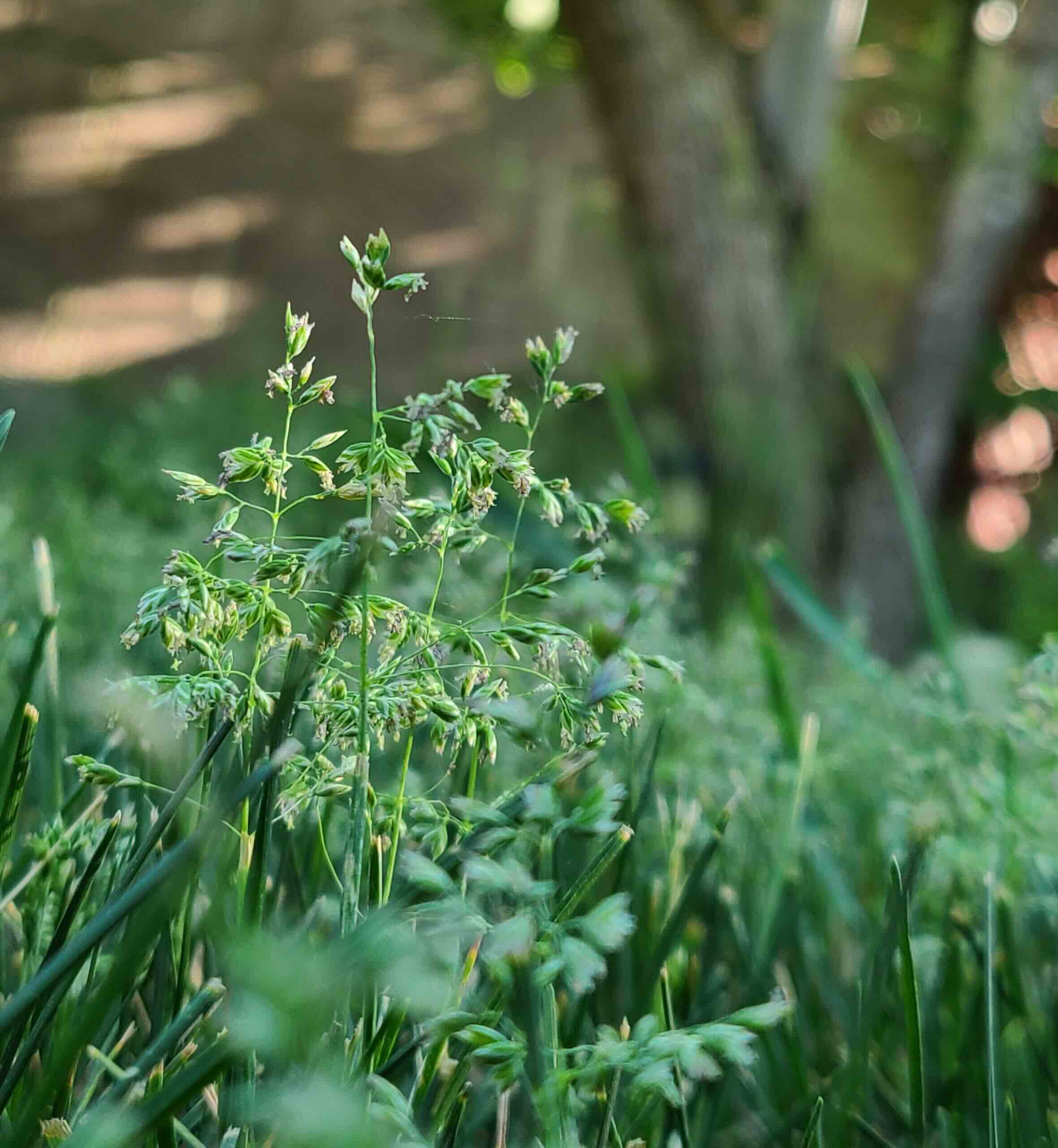
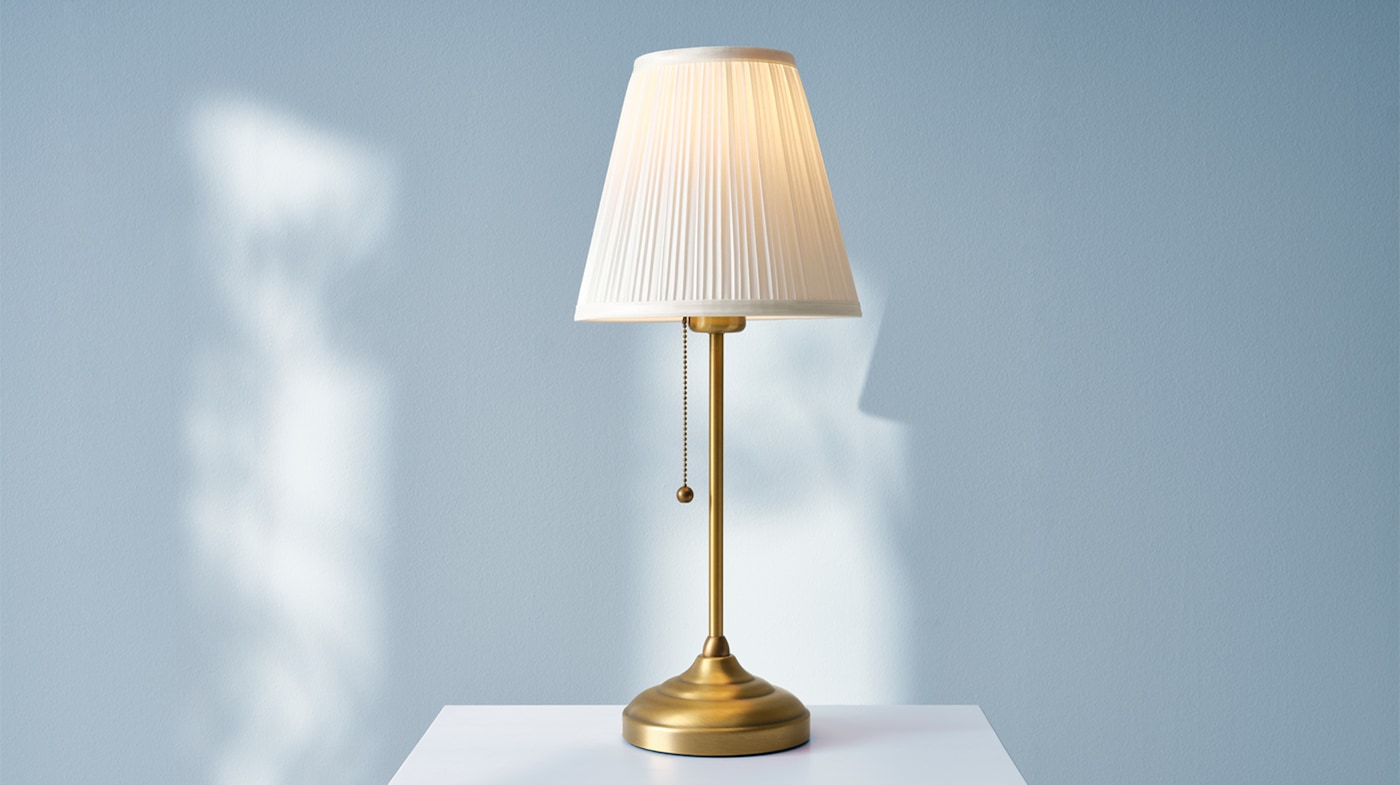
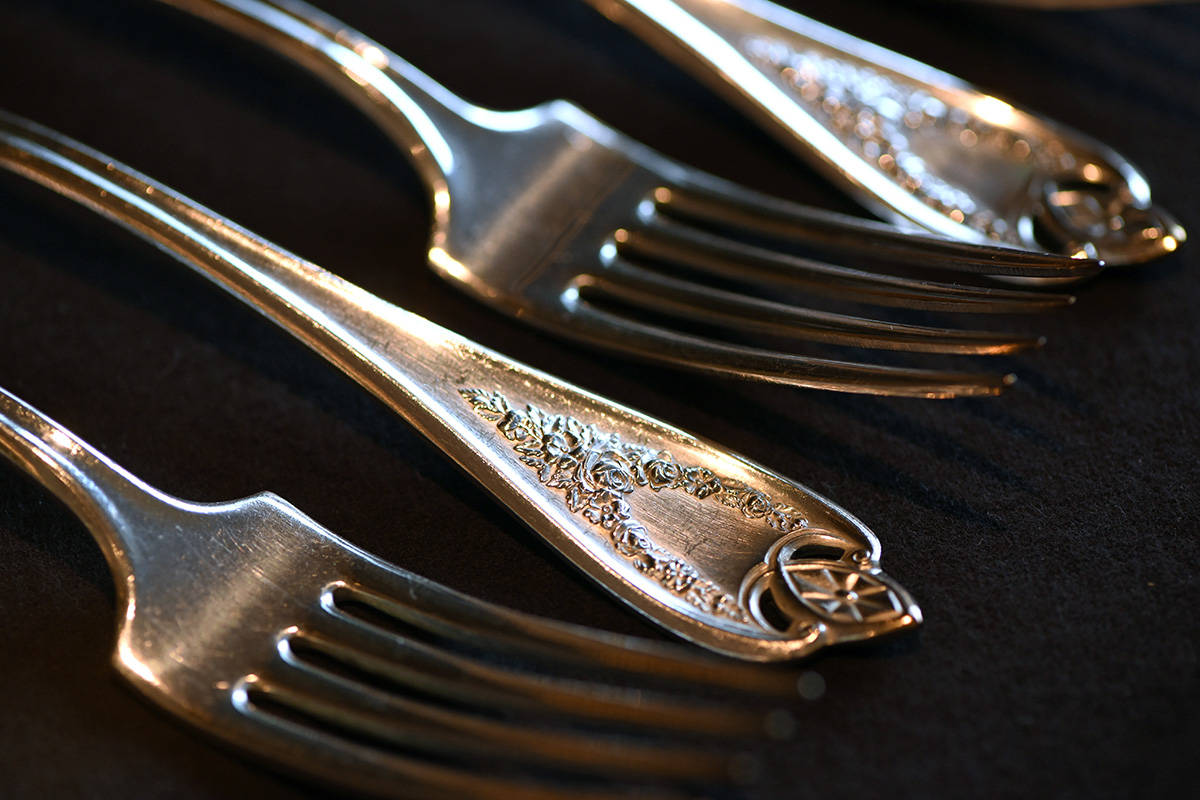

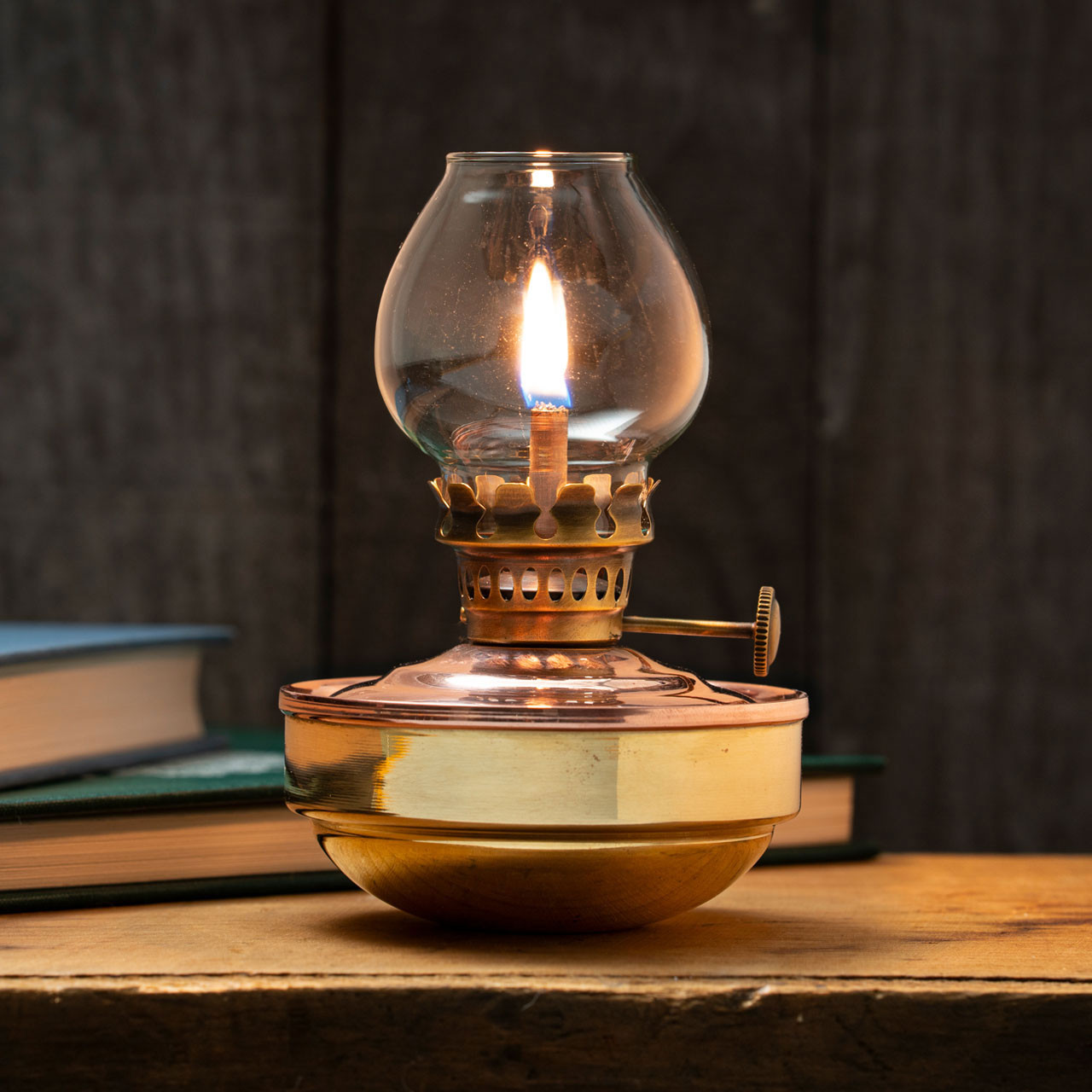


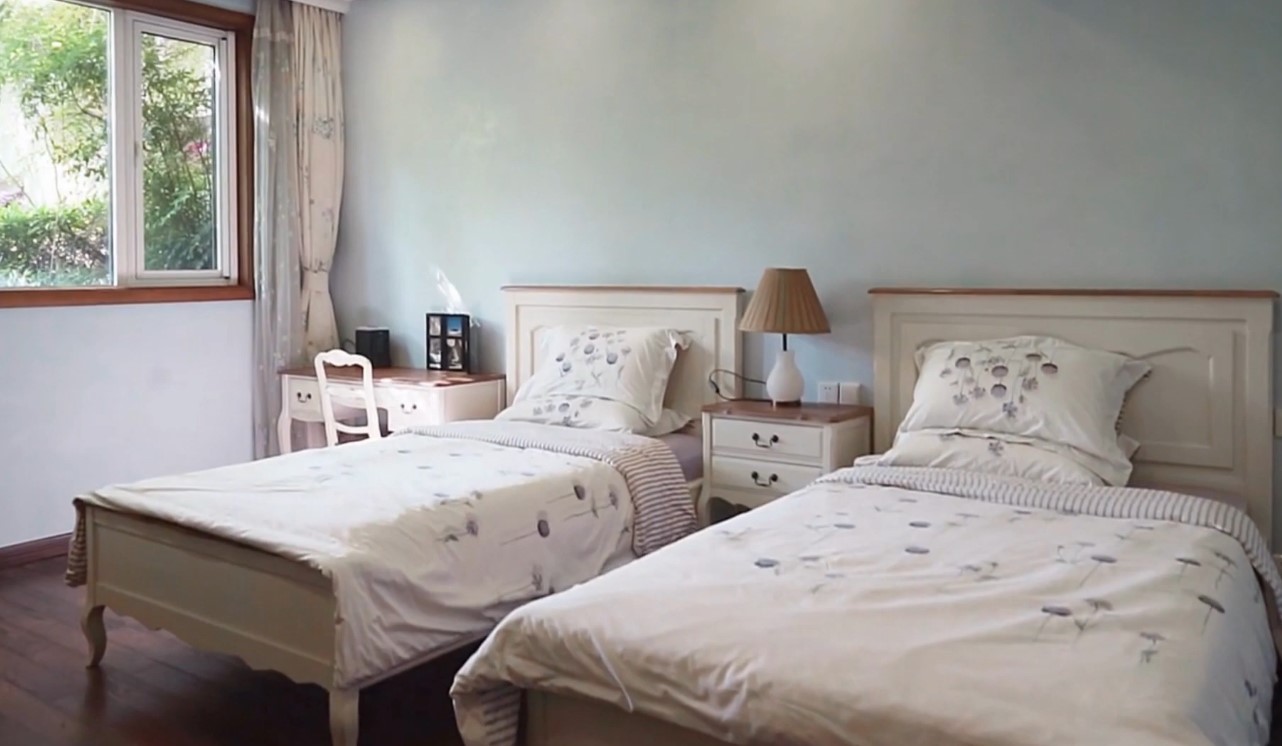
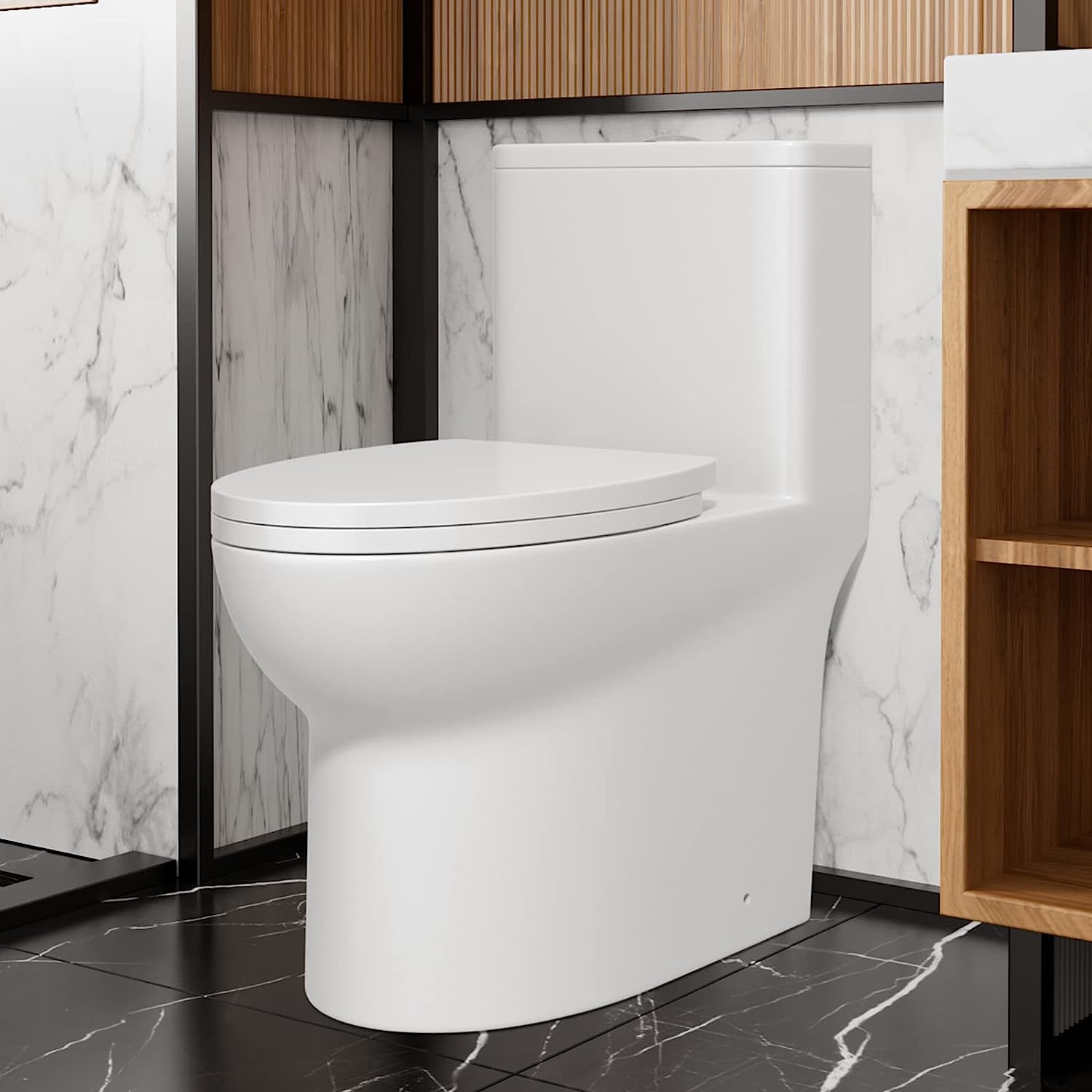
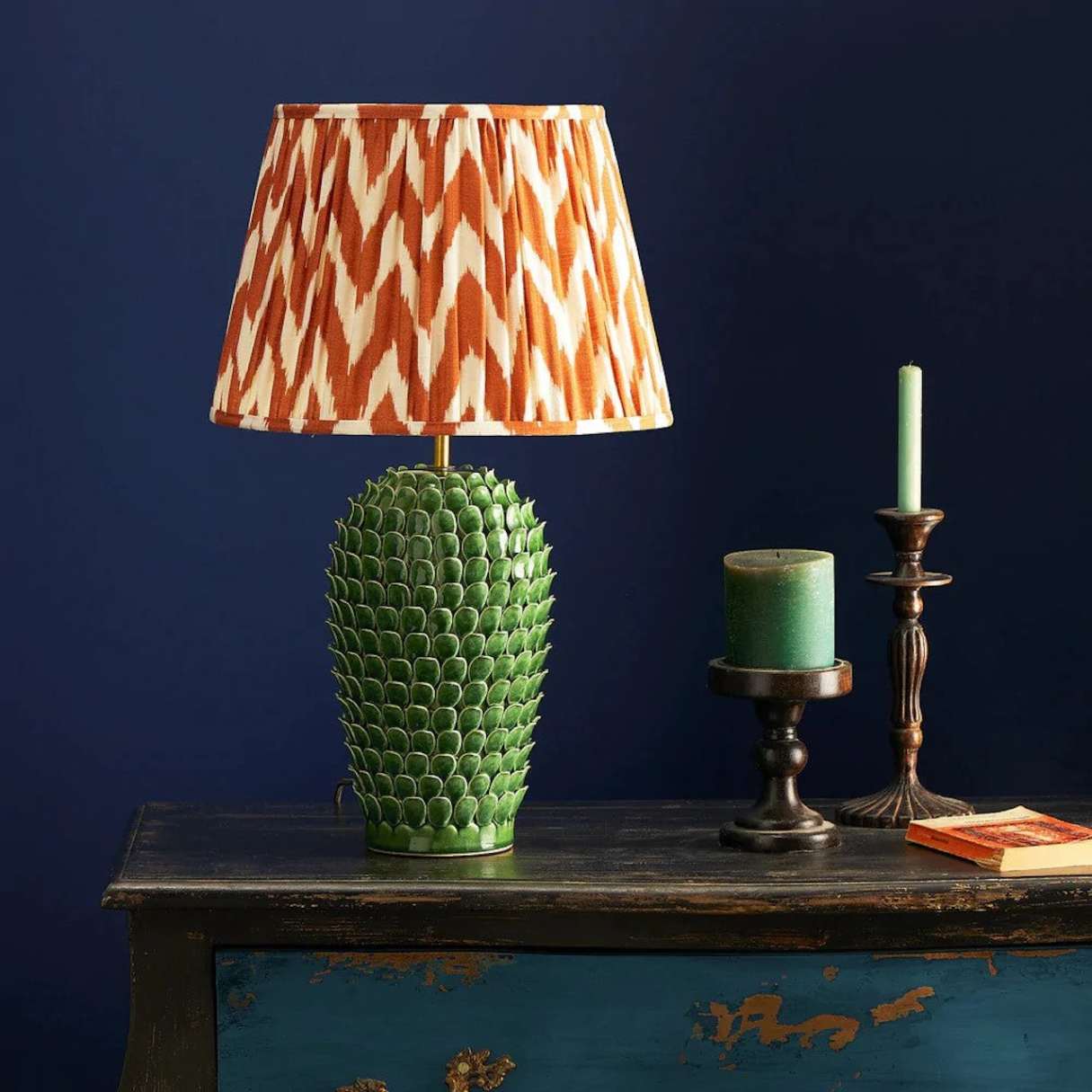
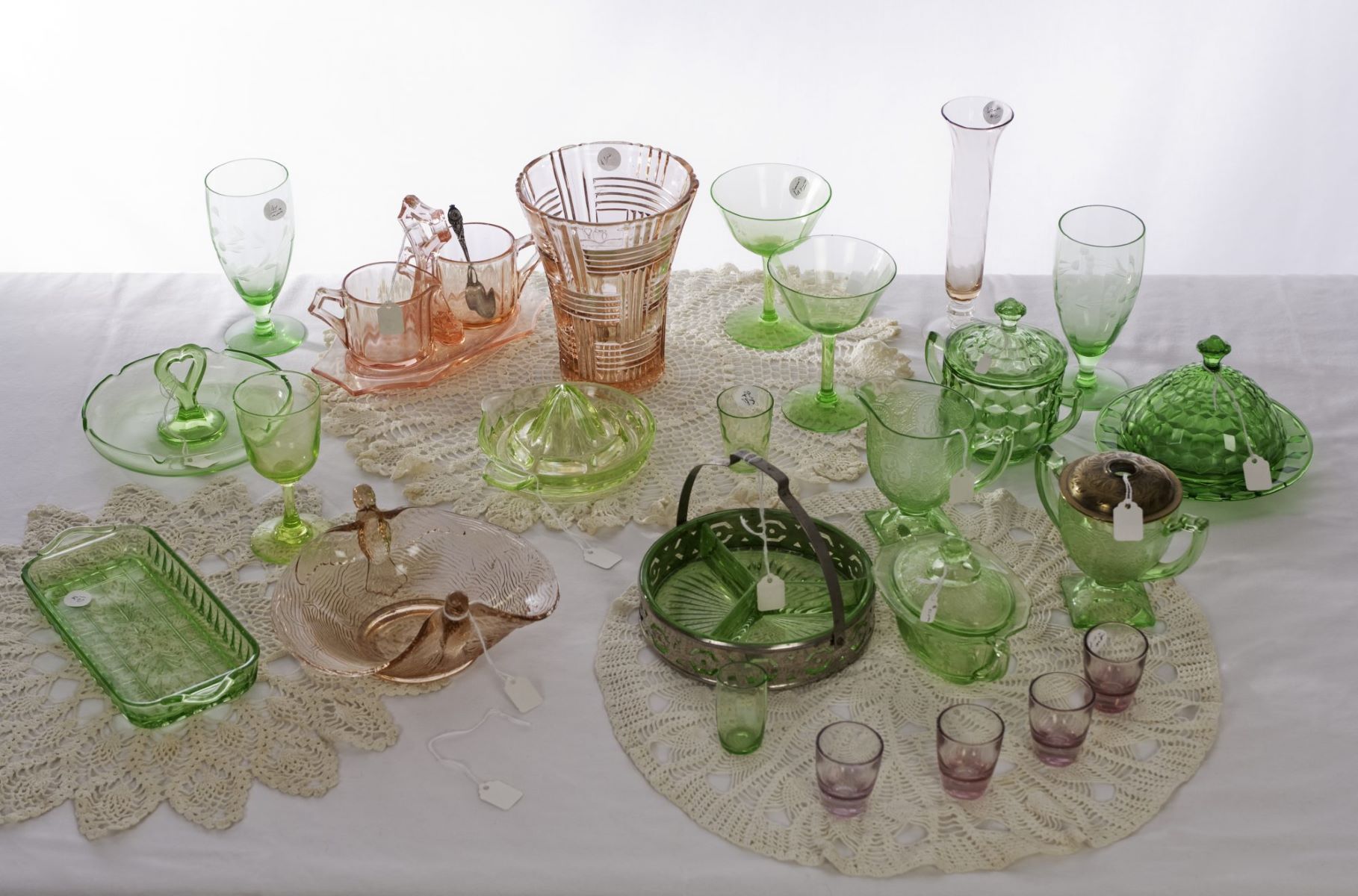
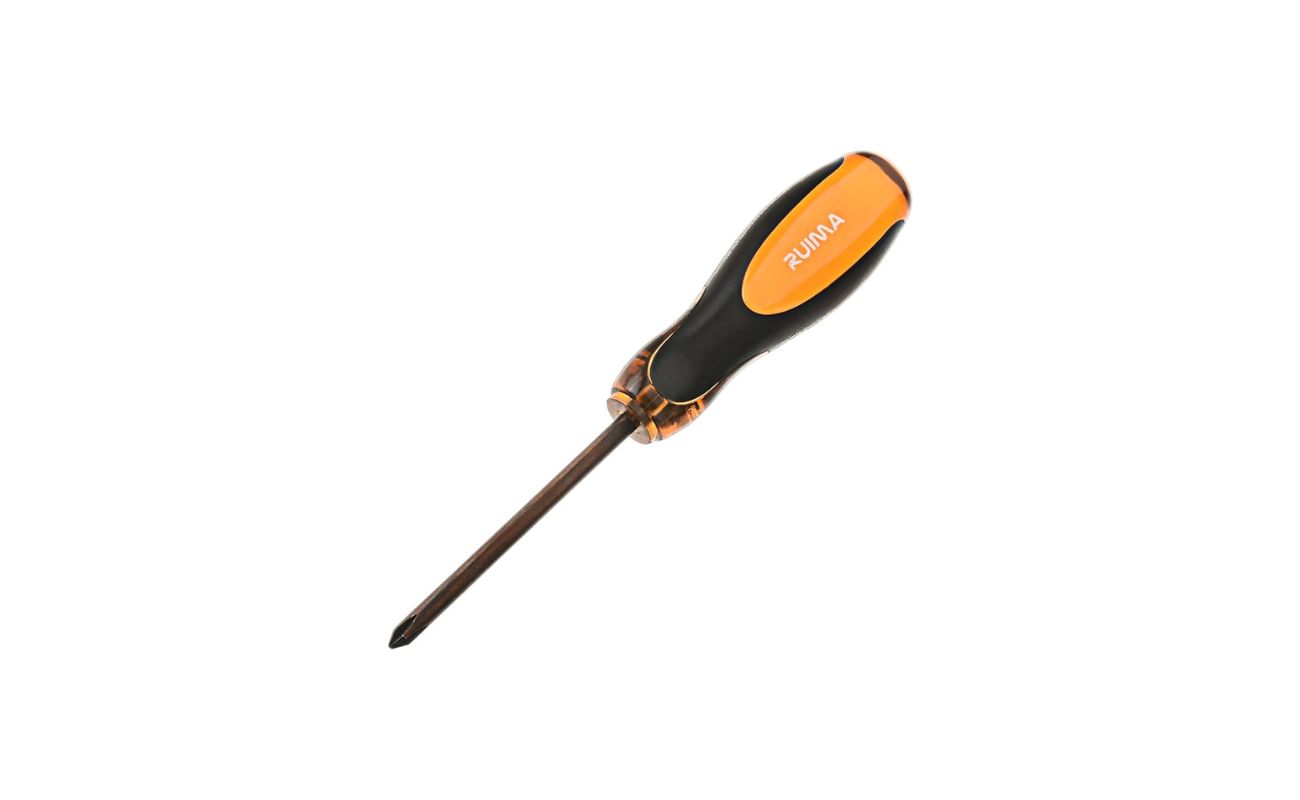


0 thoughts on “Why Is A Genie Lamp Called A Lamp”